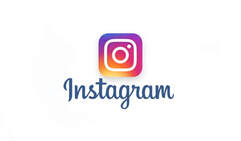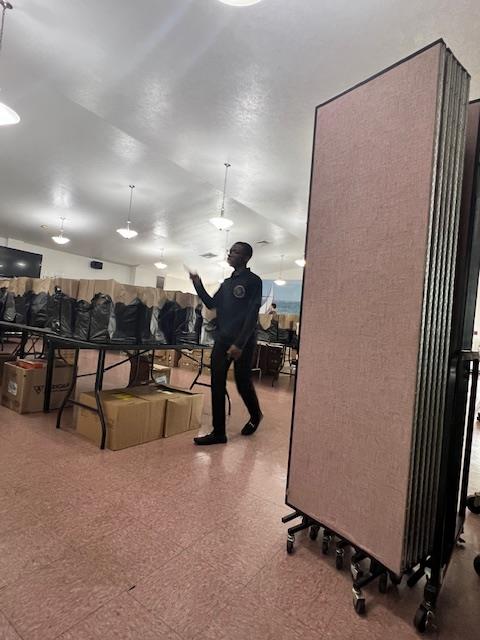Click Here for: Live Streaming Our Worship Service
Ways to Connect With Us
Each Sunday @10:30am (EST) for Worship and A Word
*Choose the Live Streaming Link above
*Download our App from the App Store
Our App is compatible with Apple IOS and Android devices. Search Bethany Baptist Church Cle OH
for our free-secure app and look for our church logo.
for our free-secure app and look for our church logo.
Do you have our Bethany Baptist Church App?
Let’s stay connected. Use your camera to click on the QR code to add the BBC App to your phone.
*Call in by using the Start Meeting App
Dial-In Numbers
1(602) 609-9937
Toll Free: 1(844)890-7777
Access Code: 551-498-005
1(602) 609-9937
Toll Free: 1(844)890-7777
Access Code: 551-498-005
Click button below to give by PushPay
Click button below to give by Givelify
Donations are being accepted for the restoration of the Sanctuary Stained Glass Windows
*Subscribe to our FaceBook Page
www.facebook.com/BethanyBaptistChurchKingdomKorner
*Subscribe to our YouTube Channel
www.youtube.com/channel/UCX7xNeNQwrQJeeqJWT9lghQ
www.youtube.com/channel/UCX7xNeNQwrQJeeqJWT9lghQ
*Follow Us On
https://www.instagram.com/bethanybaptistchurch1211/
Reverend Dr. Stephen Rowan
|
We Are:
Justified by the blood of Christ Engaged in the work of His Church Seeking to follow and join Him on the journey Unwilling to return to what we once were Staying the course and bearing the Cross We Are: Living out a commitment as a local church which involves the following responsibilities:
September Sizzling Summer!!Health Care Ministry
John 4:14
"But those who drink the water I give will never be thirsty again" Importance of staying Hydrated!
Drinking enough water each day is vital, especially in the summertime heat. Dehydration Understanding Dehydration happens when your body does not have the water it needs to function. “You need water for all sorts of processes, including balancing bodily chemicals, regulating your temperature, helping with digestion and moving oxygen throughout your body,” and recognizing its symptoms can help you seek treatment at the first signs.When you’re dehydrated, your body doesn’t have enough water to function properly.” Signs of dehydration If you’re dehydrated, you may experience the following physical symptoms:
Most mild to moderate cases of dehydration can be resolved by drinking water or an electrolyte-rich beverage such as a sports drink or coconut water. Doing so replaces electrolytes such as potassium and sodium, which get depleted when you’re dehydrated. Enjoy your Summer but remember to make sure that you stay hydrated!! |





















